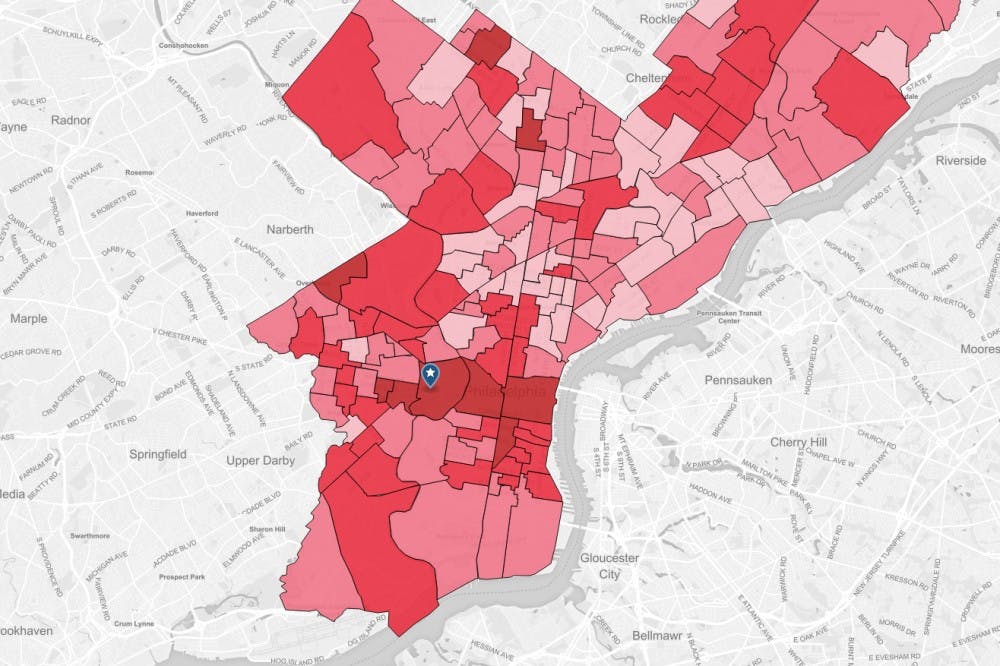Through an interactive "heat map," the Graduate School of Education now has a way of tracking Penn's involvement in Philadelphia's 247 public schools.
When GSE Dean Pam Grossman arrived at Penn in January 2015, she wanted to know more about the school's impact in the School District of Philadelphia. Although GSE has a strong commitment to urban education, there was not a centralized, transparent database of the number of GSE projects underway in each school and who was involved.
“I was motivated to create the heat map to represent the reach of the school. We are a small school but we really have outsized impact given the size of the faculty,” Grossman said. “I also wanted to learn so we could all better understand where we are. I don’t think we knew before we did the heat map that we were in every catchment area. There was no way to know that before the map was built."
The interactive map solves this problem by demonstrating the range and depth of GSE’s work in the School District and city charter schools. The heat map, which is available on GSE's website, shows the programs and divisions within Philadelphia that GSE takes part in. The programs are grouped into numerous divisions which include consulting, leadership, professional development, research, service learning through the Academically Based Community Service courses, student organizations and training.
Jeffrey Cooper, vice president of the Office of Government and Community Affairs, believes that this online resource will be crucial in creating informed discussion with education activists and other community members. Other graduate schools, such as the Wharton School or the School of Nursing, may use a similar tool as well, he said.
“I think this could definitely be implemented in other schools within Penn to show our scope within Philadelphia but I don’t think any other schools is far along as GSE,” Cooper said.
The work to create the heat map started in the early fall of 2015. The data for the map was obtained, with the help of GSE Director of School and Community Engagement Caroline Watts, by collecting information from everyone within the school about their projects in city schools.
With the accumulated information, partnerships will be easier to foster between GSE and local schools. GSE is beginning to collaborate with the Nursing School and the School of Social Policy & Practice in order to be a more impactful resource for the schools.
RELATED:
Phila. school board approves five new charter schools
Lawsuit filed against Phila. school district and teachers' union
Over one-third of GSE’s full-time faculty and staff are working with local schools and the School District to create effective educational approaches in order to address the needs of the students, urban schools and the community.
Some of the GSE projects include researching the effects of school closures on student performance, online teaching through a Virtual Online Teaching Certificate Program and the Philadelphia Writing Project, which provides professional development to educators. Grossman said the heat map can be used for further strategic planning to improve their work in Philadelphia schools.
“We are now working on what we want our collective impact to be when working with Philadelphia and the School District,” Grossman said. “We are trying to figure out how can we deepen some of the work in some of the schools so that there is more synergy across the projects so they add up to be more than the sum of their parts.”









